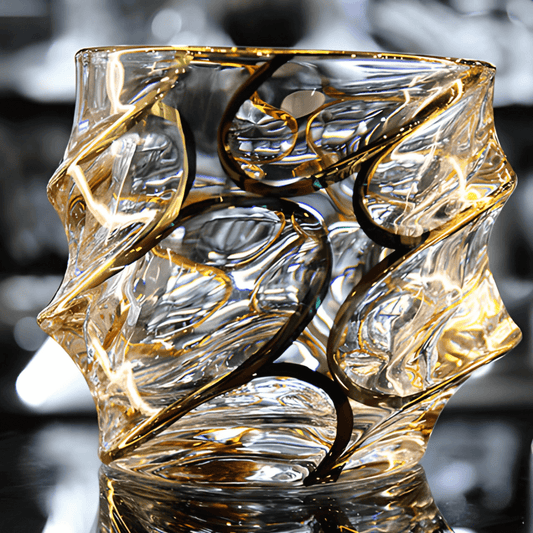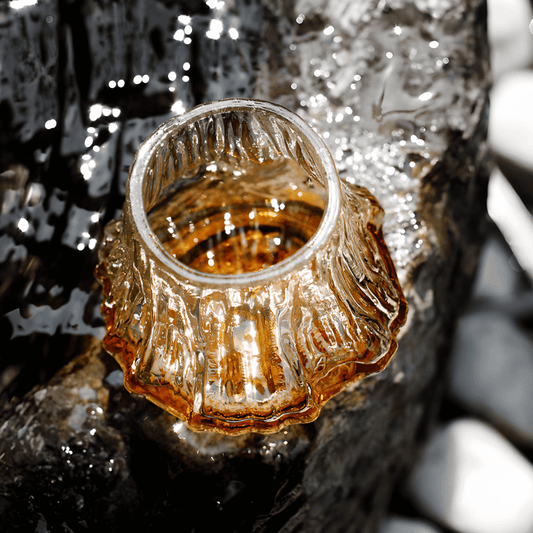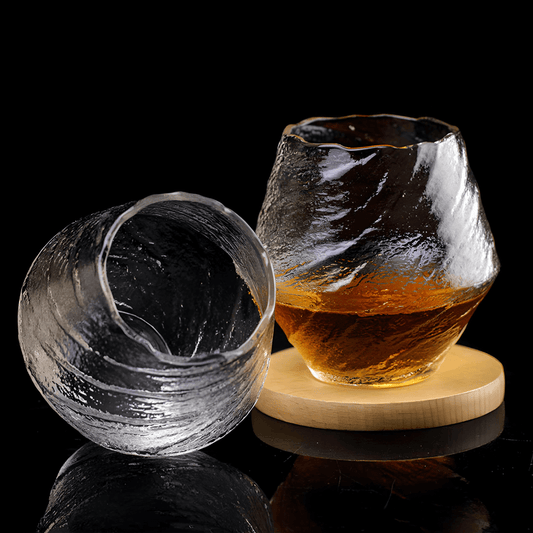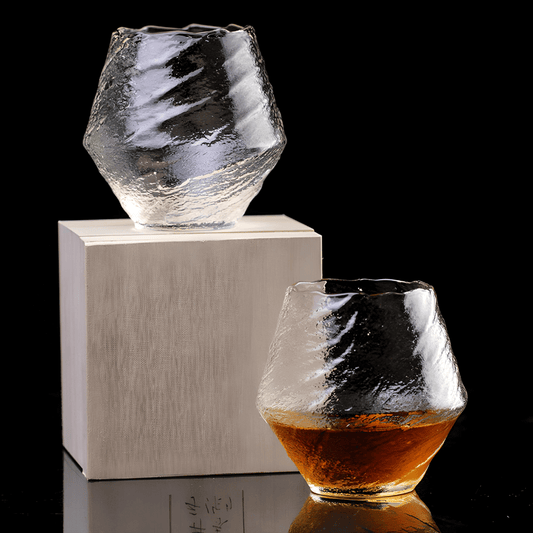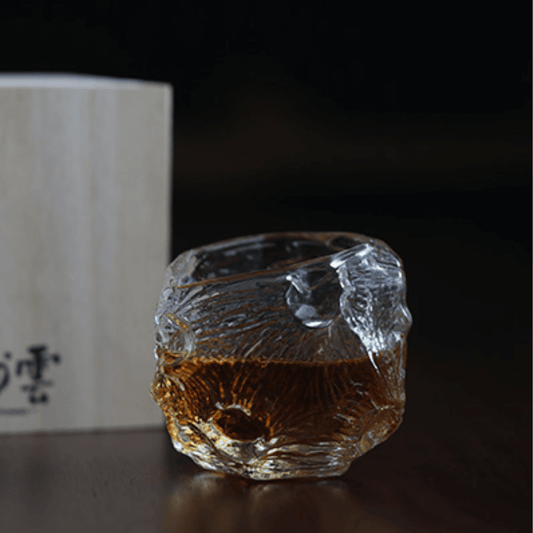Patterns in Japanese art have always meant more than just decoration. They tell stories, hold memories, and often link everyday items to bigger ideas. There is a quiet meaning to each shape and each line. The japanese hoshi pattern is one of those. It is simple at first glance, built from clean points and symmetry. But that small star shape has been part of Japanese life and design for generations. Today, we still see it. On fabric, on glass, on things you touch when you want to slow down and notice. And it keeps showing up for a reason. This star still speaks to people, even if they do not always know why.
Where the Hoshi Pattern Comes From
The word hoshi means star. In Japanese, it is written with a character that looks like a little burst of light. Long before it appeared in modern goods or holiday cards, the hoshi shape was carved into fabric, wood, and paper. You could find it in kimono prints or temple walls. But it was never just for looks. Patterns like this were a way people added meaning to what they wore or used.
Artists used the star not only for its beauty but its balance. It is a shape that feels steady, with points reaching out evenly from the center. That balance is a big piece of Japanese design. Since stars connect to nature—the night sky, the changing seasons, small lights in quiet places—they have always brought a sense of respect and calm. It is not a flashy shape. It is just familiar, which is why it lasts.
The hoshi pattern is one of the classic motifs seen in handcrafted Japanese glassware today. Some pieces at TsukiGlass feature hand-cut star shapes that catch and reflect light through the glass surface, passing on the tradition in a modern, usable form.
What the Hoshi Pattern Stands For
People attach many meanings to stars without trying. A star can feel like hope, even on a dark sky. It can be a sign to keep moving or a small reminder that there’s still light close by. The japanese hoshi pattern draws from those feelings.
For many, it brings up ideas of guidance. Stars have helped travelers find their way. Others see the pattern as calm—a little light that does not shout, it just stays steady. Over time, the star has turned into a symbol of quiet strength. It does not move fast or change shape. It is steady. That can feel meaningful when days seem busy or cluttered.
The best part is you do not have to explain all these things to feel them. Sometimes, someone notices a cup or a plate with the hoshi pattern and is drawn to it right away. There may be no words needed. The shape works quietly, making simple objects feel more special.
How the Hoshi Pattern Shows Up in Modern Design
Today, the hoshi pattern appears in spaces that are both old and new. On crystal glass tumblers, it can scatter light onto a table. It belongs just as easily on a soft blanket or a hand-tied scarf. Sometimes you will find a row of stars. Sometimes just one.
Traditional shapes like hoshi can blend in with modern designs, from simple etched lines to bold graphic prints. When paired with lighter colors or sleek finishes, they give everyday items a quiet detail that stands out. Combining the old with the new only makes it stronger—like hand-cut glassware that keeps the familiar star but shapes it to fit modern style.
For gifts, the hoshi pattern offers more than just design. It brings a sense of thoughtfulness, fitting for a special moment without being too bold. For something personal, it offers connection to a bigger story with every use.
The Hoshi Pattern in Cold-Season Traditions
When the weather cools and days get shorter, people look for extra light—candles, string lights, even star patterns on blankets and mugs. In wintertime, stars become part of home rituals and celebrations, often showing up in spaces meant for comfort. That is when motifs like hoshi feel more meaningful.
As autumn fades, warmth comes from small places. A patterned crystal whisky glass can reflect candlelight in a way that brings a little joy to quiet evenings. A star design on a wrapped gift shares a bit of that feeling too. The hoshi shape brings presence, often in the smallest details.
The little touches—like a glass etched with stars or a cup that feels good to hold—mean more during long nights. These are simple reminders that every season has its own kind of beauty.
What These Stars Still Say
Some symbols last because they are subtle. The japanese hoshi pattern speaks quietly of light, steadiness, and balance. It fits into small daily routines and thoughtful traditions, connecting old meaning with how we live now.
People return to this star pattern because it feels right, not just for its look but what it adds to the moment. Whether noticed on a carefully cut crystal glass or in the corner of a handmade gift, the hoshi shape offers a sense of calm and a touch of brightness. Its story has lasted this long by doing something simple—reminding us that beauty and meaning do not need a reason to last.
There’s something calming about the way traditional star patterns hold meaning without saying much. At TsukiGlass, we look for that same quiet detail in our work—where history meets design in a way that just feels right. You can see that in the pieces marked by the japanese hoshi pattern, where every line has a reason and the shape feels familiar in your hand. If anything has you curious or you'd like to talk, we're always here to help.














